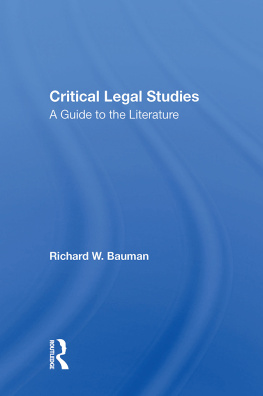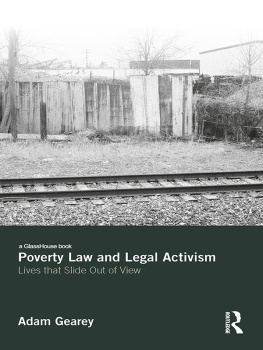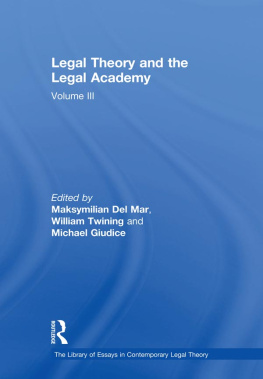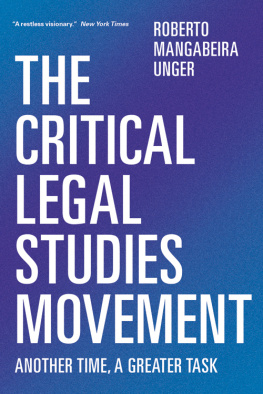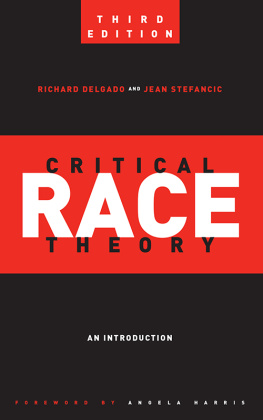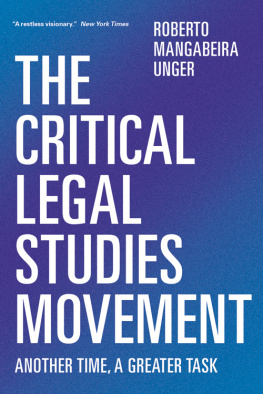First published 1996 by Westview Press, Inc.
Published 2021 by Routledge
605 Third Avenue, New York, NY 10017
2 Park Square, Milton Park, Abingdon, Oxon OX14 4RN
Routledge is an imprint of the Taylor & Francis Group, an informa business
Copyright 1996 by Taylor & Francis
All rights reserved. No part of this book may be reprinted or reproduced or utilised in any form or by any electronic, mechanical, or other means, now known or hereafter invented, invented, including photocopying and recording, or in any information storage or retrieval system, without permission in writing from the publishers.
Notice:
Product or corporate names may be trademarks or registered trademarks, and are used only for identification and explanation without intent to infringe.
A CIP catalog record for this book is available from the Library of Congress.
ISBN 13: 978-0-3670-1493-3 (hbk)
ISBN 13: 978-0-3671-6480-5 (pbk)
DOI: 10.4324/9780429044793
Preface
Work on this guide began several years ago when I prepared a prototype of it for a class I was offering on critical legal theory. To help my students navigate their way through the mass of literature, in both legal and other types of periodicals, that has flourished in and around the critical legal studies movement, I arranged citations to some of the more salient sources (accompanied by brief notes) under convenient headings. I have retained the same format in this published version.
This guide is not meant to be exhaustively taxonomic, nor does it contain every possible item that might have been included. The structure I have adopted is largely arbitrary. The same themes and literature could have been organized differently. There are several things this guide does not accomplish. First, it does not pretend to define critical legal studies with any degree of specificity. The comments at the beginning of each section should be considered merely suggestive, rather than definitive. They are primarily descriptive and often derive from some, but not necessarily all, of the published work listed under the relevant heading. There is little attempt to evaluate the contributions of any particular authors or of the movement as a whole. Although some writers are mentioned in the text of the remarks, this does not mean that the work of other writers not mentioned is in some way inferior or secondary.
Users of this bibliography should also be cautioned that the suggested themes or views are not necessarily consistent with every published piece of work that could justifiably be called radical critique. The descriptive contents of this bibliography are intended merely to help the inquisitive reader on first acquaintance with contemporary critical analysis of the law. That reader must sample and wrestle with the readings themselves before reaching an independent perspective about any particular values, arguments or insights that mark the movement. Third, there is nothing official about this guide. Considered as a whole, the contents of this guide should confound any idea that critical legal studies, which is nothing if not polyphonal, is unified by any narrow program or particular set of presuppositions. It would be a travesty to reduce it to a school of settled legal thinking.
The Conference on Critical Legal Studies functions without many of the formal trappings of other organizations. Members of the Conference might understandably quarrel with the choice of literature contained in the bibliographical parts of this guide and with the comments that begin each section. Some of the authors cited here may indeed be surprised that their names can be associated with critical legal studies. Therefore, another caveat is in order. When a piece has been chosen for citation in this guide, the main criterion is not that the author has subscribed to the Conference on Critical Legal Studies, but that the work in some fundamental sense provides a critique of established legal doctrine or legal theory. Moreover, if it is not necessarily radical, at least it it takes up, or is influenced by, problems or ideas that preoccupy critical legal studies. In addition, there are items included here that avowedly criticize the approach that critical legal writing has adopted. I have aimed at providing a rounded, comprehensive guide that directs the reader to areas of friction as well as agreement.
Readers seeking directions toward relevant literature should keep in mind that I have generally avoided repeated citations of work which cuts across several different headings. Certain pieces, such as Duncan Kennedy's work on the evolution of forms of legal consciousness, is so stimulating that it deserves consultation in regard to a myriad of possible topics. The same could be said of other critical legal scholars, including Roberto Unger, Mark Tushnet, and Robert Gordon, to name a few of the formative figures in the movment. Consequently, this guide will prove most useful to the researcher who, while eager to range freely throughout the sources listed, is alert to the chance that a theoretical piece under one heading can throw light on a doctrinal issue included under a different heading. Of course, I expect that, by attempting to bring this literature together, the results will present an irresistible target for deconstruction or for an analysis,

